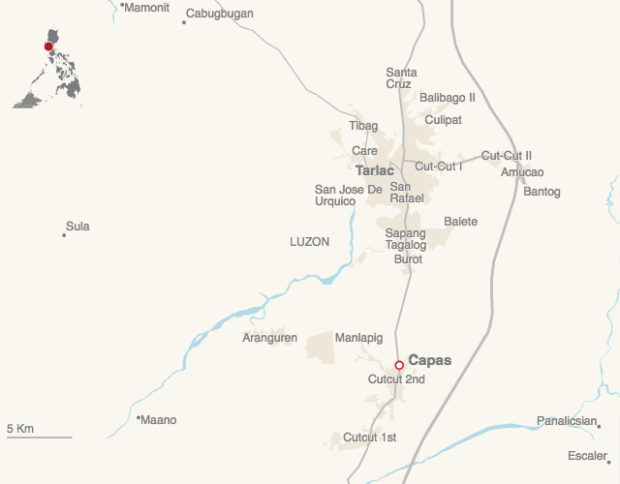
In a memorandum dated March 20, Tarlac Gov. Susan Yap reiterated the advisory of the Central Luzon Center for Health Development in a move “to ensure public safety in relation to the declaration of a State of Public Health Emergency and the implementation of the enhanced community quarantine over Luzon due to the spread of Coronavirus Disease 2019 (COVID-19).”
This was in accordance with the Implementing Rules and Regulations of Presidential Decree No. 856 also known as the Code on Sanitation of the Philippines which contains a provision on “Disposal of Dead Persons.”
Reiterating the advisory of the Central Luzon Center for Health Development, the memorandum states that remains of those who died of “dangerous communicable disease” shall be buried within 12 hours after death and that the remains “shall not be taken to any place of public assembly.”
The memorandum further states that only adult members of the family are allowed to attend the deceased’s funeral and that the remains shall be placed in a “durable, air tight, and sealed casket.”
The memorandum also states that the mayors in the province shall ensure that “stringent precautions” for handling dead bodies with dangerous communicable diseases are observed which includes the following:
- The body should not be removed from the plastic bag;
- Unzipping the plastic bag of the body is not permitted;
- Embalming should not be done;
- Viewing of the face of the deceased should not be permitted;
- Disposal shall be through cremation of immediate burial.
“It is also strongly recommended that you identify, allocate, and prepare burial pits for these deceased in consideration of the law which states that they cannot be exhumed for a minimum of five years,” the memorandum notes.
“Some families, however, may opt for cremation,” it added.
As of posting time, there are 552 confirmed cases of COVID-19 in the country.
COVID-19 is a respiratory disease caused by the novel coronavirus that first emerged in China’s city of Wuhan in Hubei province in late 2019.
The International Committee on Taxonomy of Viruses named the novel coronavirus as SARS-CoV-2.
The virus causes mild symptoms such as fever and cough for most people but can cause serious illness such as pneumonia for others, especially older adults and people with existing health problems.
Coronavirus is a family of viruses, which surfaces have a crown-like appearance. The viruses are named for the spikes on their surfaces.